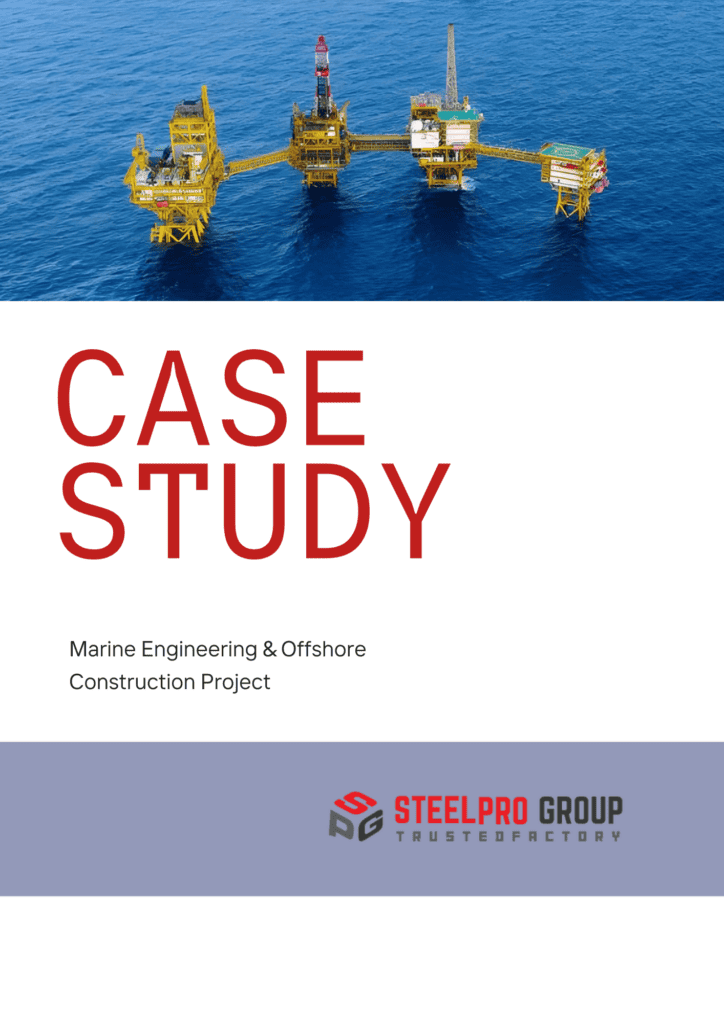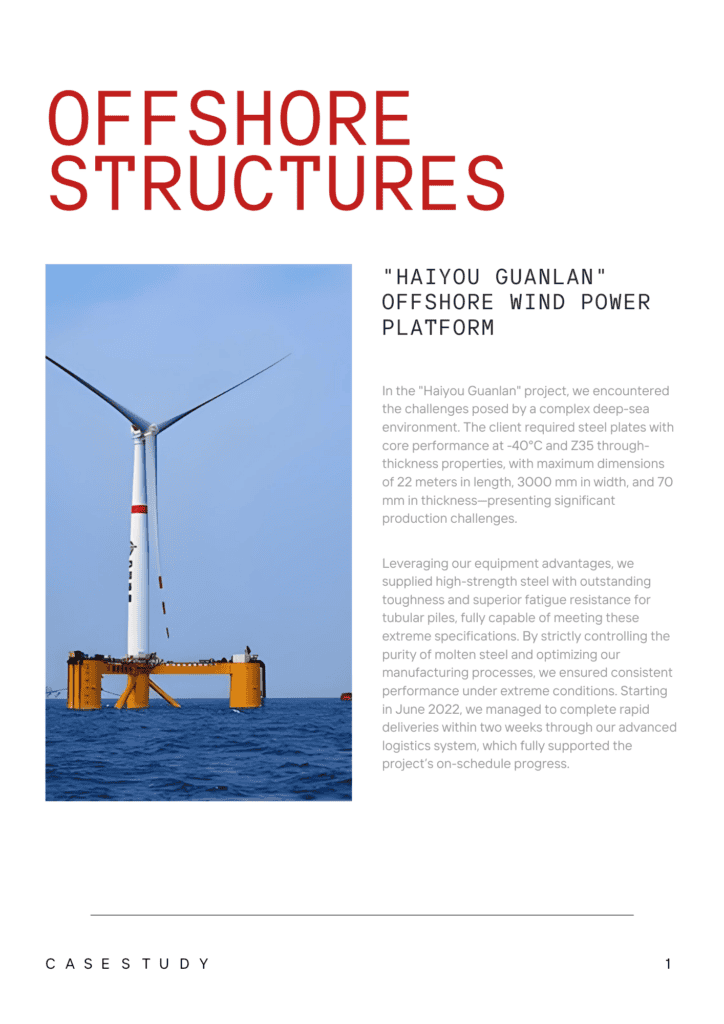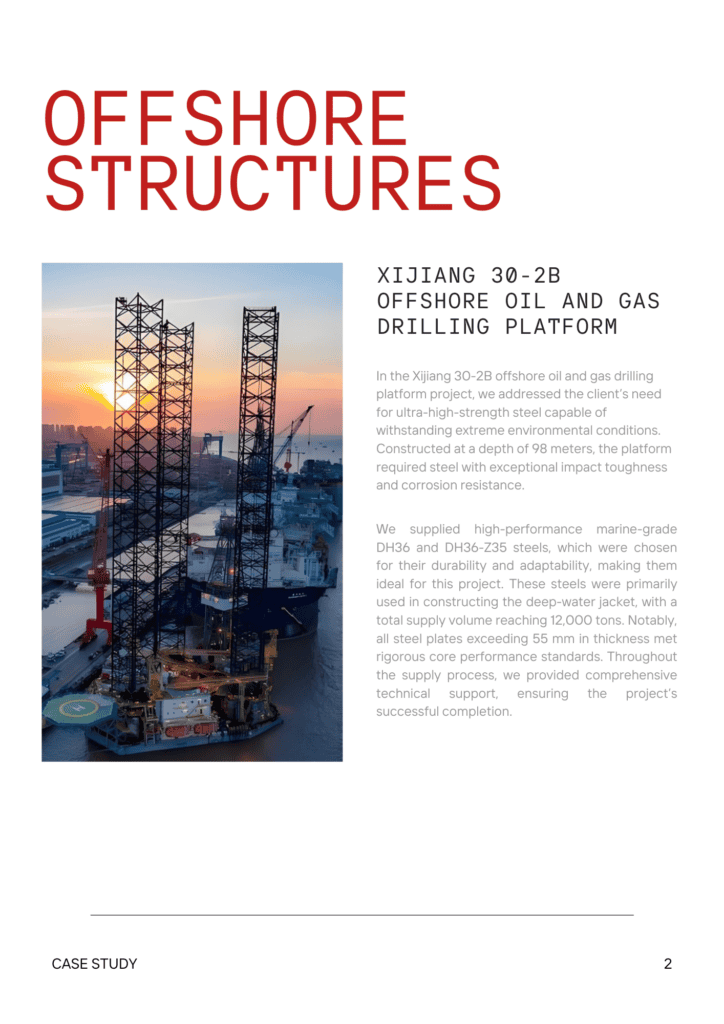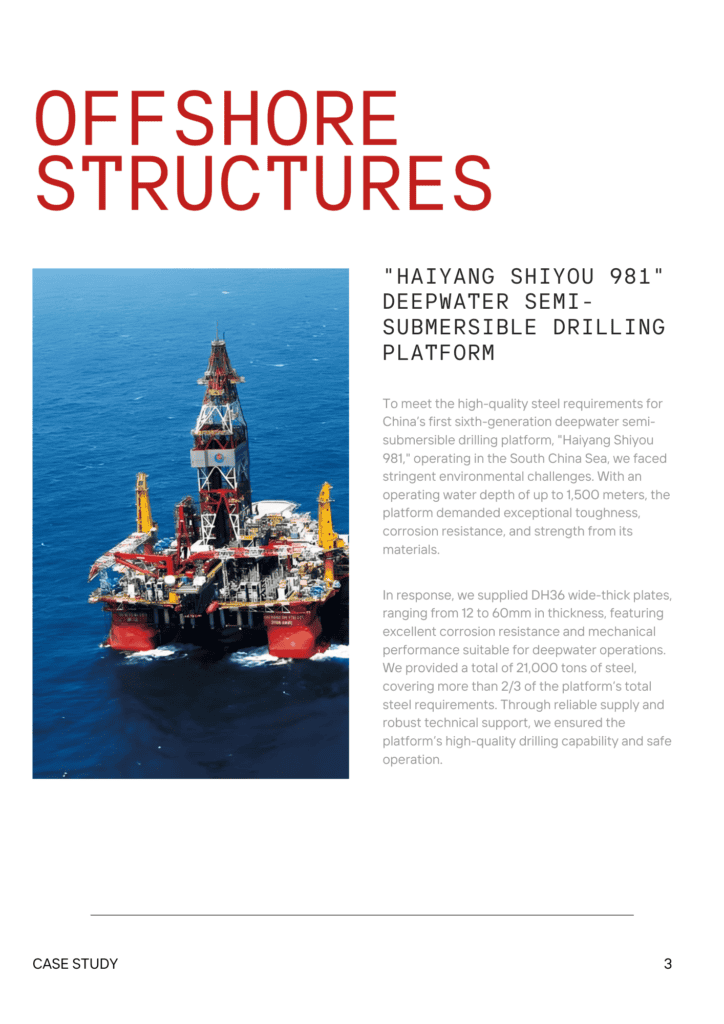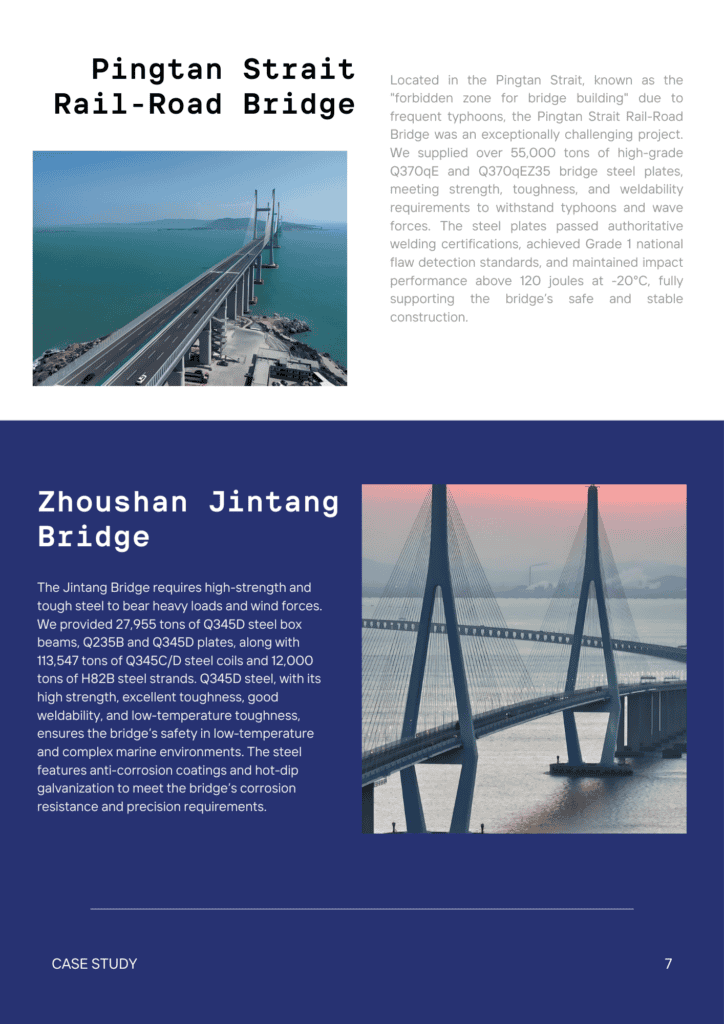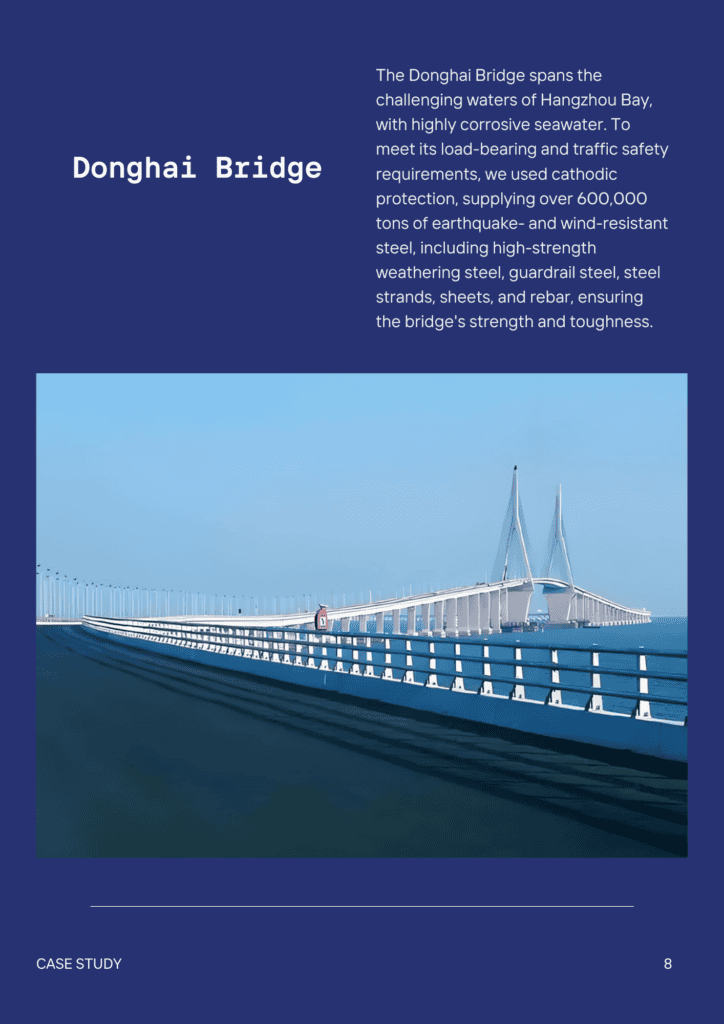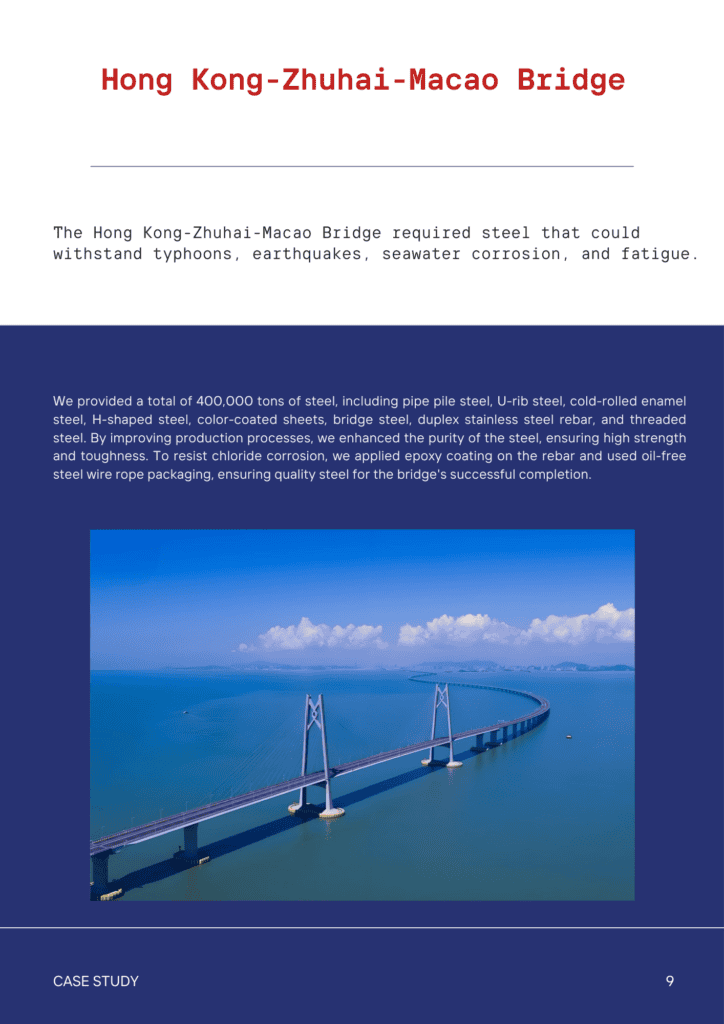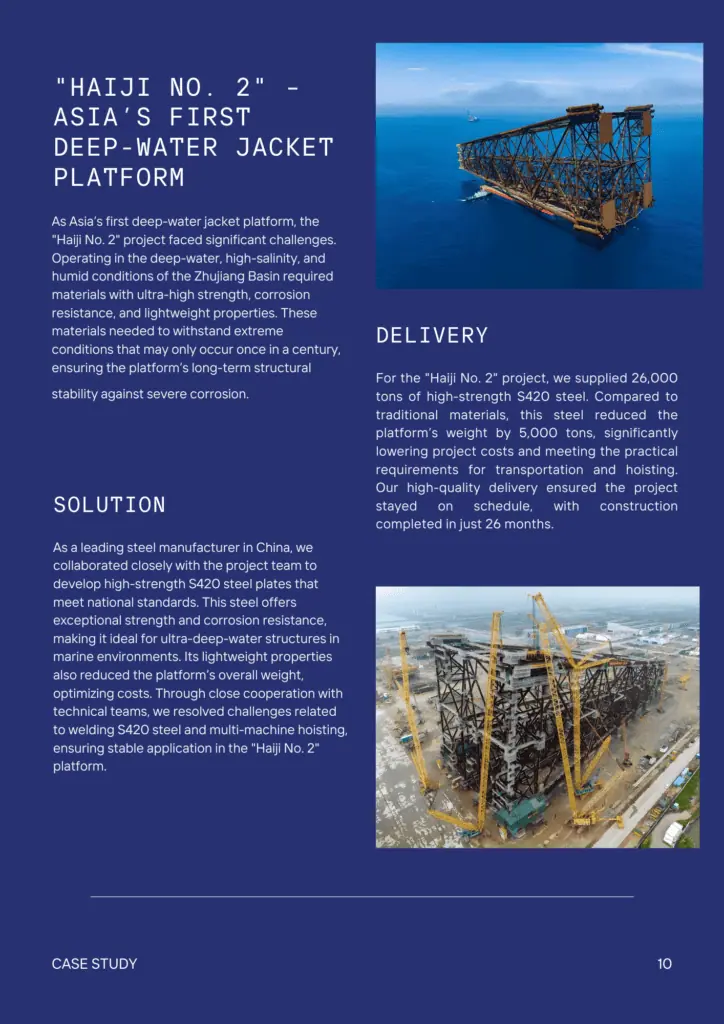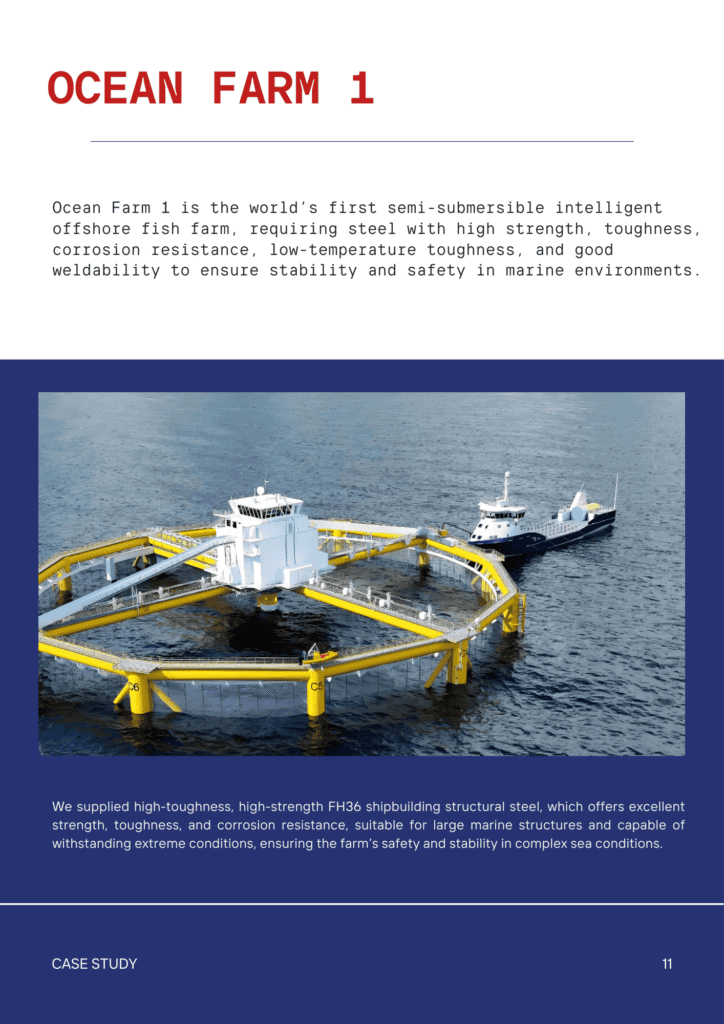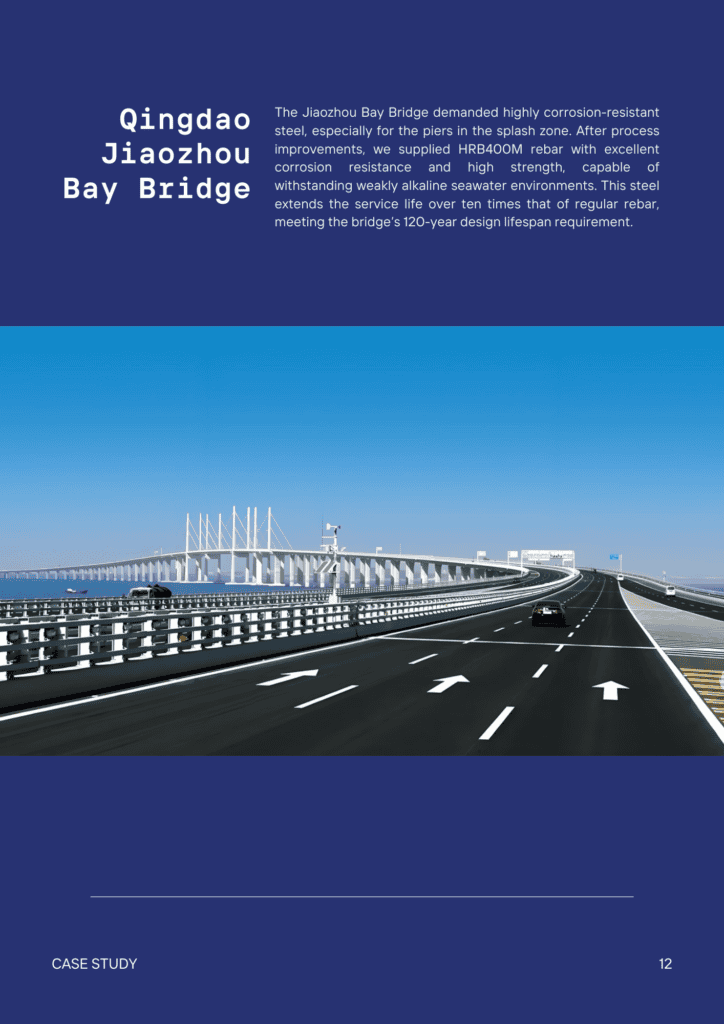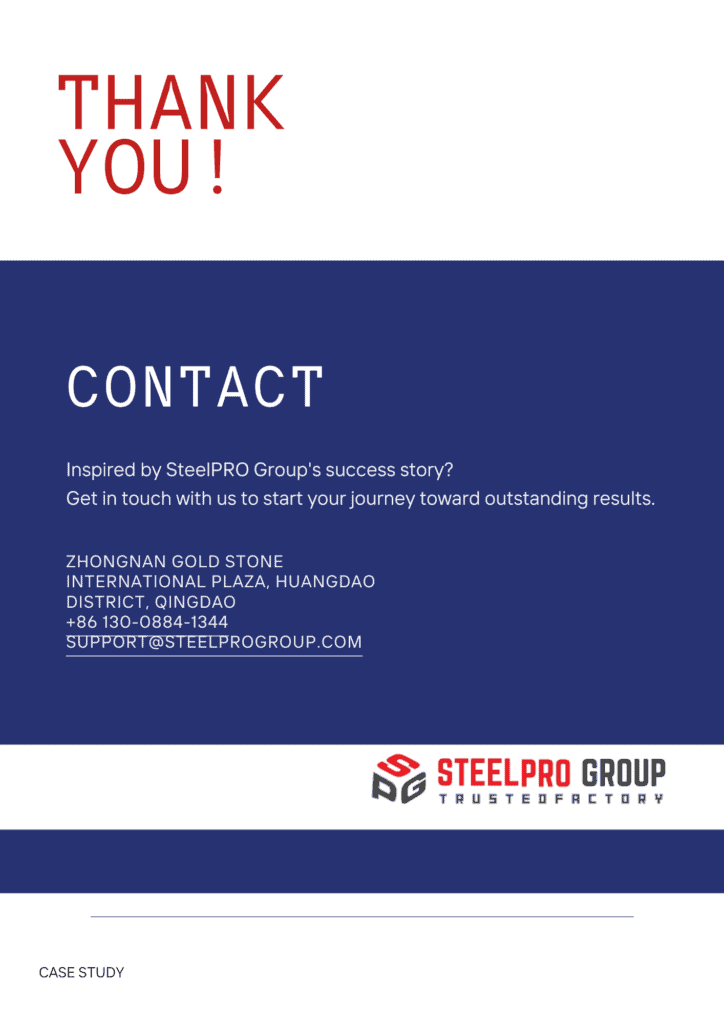Contents
Galvanized Steel: Galvanization Types, Surface Treatment, Uses
- John
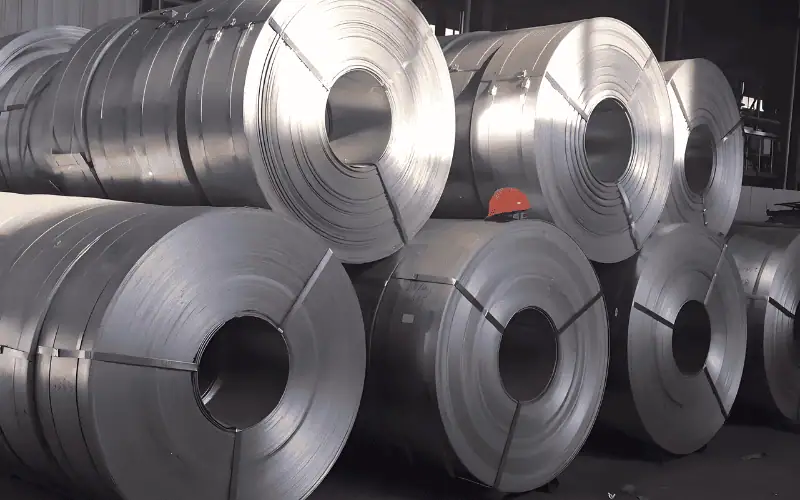
Galvanized steel—a material renowned for its strength, durability, and excellent weather resistance. Whether employed in construction, automotive, or energy industries, galvanized steel is essential across multiple sectors.
In this article, we will explore the galvanizing methods, processing techniques, and the diverse applications of galvanized steel to meet different needs. Join us as we dive into the world of galvanized steel!
What is Galvanized Steel?
Galvanized steel, made from carbon or low-alloy steel with 99% steel and 1% zinc, is corrosion-resistant and silver-gray. Mainly produced through hot-dip galvanizing, its zinc-iron coating protects against moisture and temperature damage. Strong, durable, and formable, it is widely used in the construction, automotive, agriculture, and solar industries. Electro-galvanizing provides thinner coatings, and it comes in forms like sheets, pipes, and structural components for various uses.
What Is Special About Galvanized Steel?
Galvanized steel has a protective zinc coating that provides excellent corrosion resistance, making it durable and ideal for outdoor or harsh environments.
What Is The Difference Between Steel And Galvanized Steel?
Steel serves as the base metal, whereas galvanized steel is steel coated with zinc to improve its corrosion resistance.
Which Is Stronger, Stainless Steel Or Galvanized?
Stainless steel is typically stronger and offers greater corrosion resistance than galvanized steel, particularly in harsh conditions.
History of Galvanized Steel
- 17th Century: Earliest galvanized iron found on 17th-century Indian armor in the Royal Armouries Museum, UK.
- 1837: Stanislas Sorel patents the hot-dip galvanizing process.
- 1850s: Galvanized steel becomes commercially available in Europe.
- Early 20th Century: Used widely in construction and agriculture.
- 1970s: Electro-galvanizing was introduced for thinner coatings.
- Present: Galvanized steel is widely used globally for its durability and cost-effectiveness.
Types of Galvanized Steel
This section highlights the key types of galvanized steel, each with distinct processes, benefits, and solutions for various industry needs.
Powder-Coated Galvanized Steel
- Process: Following galvanization, steel is electrostatically coated with a dry powder and then cured with heat to create a solid layer.
- Advantages: Enhanced corrosion resistance and customizable colors.
Requires proper surface preparation for adhesion. We ensure thorough pre-treatment for optimal coating adhesion and longevity.
Hot-Dip Galvanized Steel
- Process: Steel is submerged in molten zinc, forming a thick zinc coating that bonds to the base metal.
- Advantages: Excellent corrosion protection without significantly reducing strength, except for high-strength steel at risk of hydrogen embrittlement.
Potential hydrogen embrittlement in high-strength steel. We carefully manage the process to minimize risks, especially for high-strength materials.
Painted Galvanized Steel
- Process: Galvanized steel is primed and then coated with paint, either for additional protection or aesthetics.
- Advantages: Added corrosion resistance with the ability to meet aesthetic requirements.
Requires maintenance over time due to potential paint wear. We utilize premium paints and cutting-edge methods to ensure durable finishes.
Galvannealed Steel
- Process: After hot-dip galvanizing, the steel is heated to allow the zinc to fully alloy with the iron, creating a zinc-iron layer.
- Advantages: Better paint adhesion and weldability compared to regular galvanized steel.
Reduced corrosion resistance when compared to hot-dip galvanized steel. We offer tailored coatings and treatments to enhance corrosion resistance for specific applications.
Will galvanized steel rust?
Galvanized steel will rust eventually, but its zinc coating significantly slows down the process by offering sacrificial protection.
Shapes of Galvanized Steel
The diverse shapes of galvanized steel enable its wide use across industries, meeting various structural and functional needs.
Galvanized Sheets and Plates
- Flat Sheets: Thin, flat pieces of galvanized steel, often used in roofing, cladding, and ductwork.
- Plates: Thicker sheets, ideal for heavy-duty applications like bridges, shipbuilding, and large construction projects.
Galvanized Coils
- Galvanized Steel Coils: Continuous rolls of steel, commonly used in automotive panels, appliances, and industrial machinery. Coils allow for easy cutting and shaping during manufacturing.
Galvanized Pipes and Tubes
- Round Pipes: Circular tubes used in plumbing, irrigation systems, and structural frameworks.
- Square/Rectangular Tubes: Common in construction for metal framing, fencing, and support structures.
- Conduit Pipes: Specifically designed for electrical wiring protection in construction and industrial settings.
Galvanized Bars and Rods
- Round Bars: Cylindrical rods used in construction, fencing, and agricultural equipment.
- Square Bars: Square-profile bars often used in ornamental structures, gates, and metal fabrication.
Galvanized Structural Shapes
- I-Beams: Large, I-shaped steel beams used in large-scale construction projects like bridges, buildings, and industrial facilities.
- H-Beams: Comparable to I-beams but featuring wider flanges, utilized in robust structural frameworks.
- Channels (C-Shaped): C-shaped beams, commonly used in construction, metal framing, and vehicle parts.
- Angles (L-Shaped): L-shaped sections for reinforcing structures, framing, and bracing in buildings, bridges, and industrial installations.
Galvanized Wire and Mesh
- Galvanized Steel Wire: Thin strands of steel, commonly used in fencing, cables, and support for vineyard trellises.
- Wire Mesh: Made from interwoven galvanized wire, often used in fencing, screens, and as reinforcement in concrete.
Galvanized Profiles and Custom Sections
- U-Profiles: U-shaped sections used in construction for framing and channeling systems.
- Z-Profiles: Z-shaped steel is used for cladding, roofing, and structural supports.
- Custom Profiles: Tailored shapes designed for specific industrial or architectural needs.
In addition to the shapes listed above, SteelPRO Group offers customized specialty shapes to meet unique requirements! Check out our galvanized steel page!
Characteristics of Galvanized Steel
Galvanized steel offers a range of durable and versatile properties, including corrosion resistance, formability, and cost-effectiveness. These key traits make it a reliable choice across various industries.
Corrosion Resistance
Galvanized steel offers sacrificial anode protection, where zinc protects the underlying metal, even if damaged. Its full coverage, including hard-to-reach areas, ensures superior corrosion resistance.
Abrasion Resistance and Durability
The zinc coating adds excellent wear resistance and long-lasting durability, suitable for demanding environments.
Formability and Strength
Galvanized steel retains the strength of its base material and offers good deep-drawing performance, especially with thinner zinc layers.
Surface Quality and Appearance
It has an excellent surface appearance, enhanced with polymer or ceramic coatings for improved aesthetics and corrosion resistance.
Weldability and Paintability
The material is easily weldable, and eco-friendly, chrome-free passivation methods improve paint adhesion.
Recyclability and Cost-Effectiveness
Galvanized steel is fully recyclable and economical, offering long-term use at a reasonable cost.
Quick Processing and Easy Inspection
The galvanizing process is fast, and coatings can be easily inspected visually or with simple tests.
What is the downside of galvanized steel?
It can be prone to rust in extreme conditions or if the zinc coating is damaged, and it may lose strength in high-temperature applications.
Chemical Properties of Galvanized Steel
Galvanized steel’s key property is its zinc coating, acting as a sacrificial anode to prevent corrosion. The zinc-iron layer offers long-lasting protection. The main difference from its base material is the zinc layer, significantly boosting corrosion resistance.
Table of the general chemical composition of galvanized steel (% by weight)
| Element | Percentage (%) (Metric) | Percentage (%) (Imperial) |
| Carbon (C) | 0.05 | 0.05 |
| Manganese (Mn) | 0.2 | 0.2 |
| Phosphorus (P) | 0.04 | 0.04 |
| Sulfur (S) | 0.05 | 0.05 |
| Zinc (Zn) | 99 | 99 |
| Iron (Fe) | Balance | Balance |
Table of the general chemical properties of galvanized steel
| Property | Description |
| Reactivity | Low |
| Toxicity | Non-Toxic |
| Flammability | Non-Flammable |
| Corrosion Resistance | High |
Physical Properties of Galvanized Steel
Galvanized steel’s most important physical property is its enhanced durability due to the zinc coating, which adds to its structural strength while maintaining its formability. This combination makes galvanized steel suitable for various demanding applications across industries.
Table of the general physical properties of galvanized steel
| Property | Metric Unit | Imperial Unit |
| Density | 7.85 g/cm³ | 0.284 lb/in³ |
| Melting Point | 1200°C | 2192°F |
| Boiling Point | ~2500°C | ~4532°F |
| Thermal Conductivity | 110 W/m·K | 63.5 BTU·ft/h·°F |
| Electrical Conductivity | 1.4 x 10⁷ S/m | 8.14 x 10⁶ S/m |
| Specific Heat Capacity | 490 J/kg·K | 0.117 BTU/lb·°F |
| Thermal Expansion Coefficient | 12 µm/m·K | 6.7 µin/in·°F |
| Electrical Resistivity | 7.1 x 10⁻⁸ Ω·m | 4.28 x 10⁻⁶ Ω·in |
Mechanical Properties of Galvanized Steel
The most important mechanical property of galvanized steel is its enhanced tensile strength and durability, achieved without sacrificing formability. This blend of strength and flexibility makes it perfect for structural applications where toughness and corrosion resistance are critical.
Table of the general mechanical properties of galvanized steel
| Property | Metric Unit | Imperial Unit |
| Tensile Strength | 380-550 MPa | 55-80 ksi |
| Yield Strength | 220-500 MPa | 32-73 ksi |
| Brinell Hardness | 120-180 HB | 120-180 HB |
| Rockwell Hardness | 70-85 HRB | 70-85 HRB |
| Vickers Hardness | 120-170 HV | 120-170 HV |
| Elongation | 15-25% | 15-25% |
| Elastic Modulus | 200 GPa | 29,000 ksi |
| Poisson’s Ratio | 0.27-0.30 | 0.27-0.30 |
Popular Grades of Galvanized Steel
Here is a list of common galvanized steel grades, each designed for particular applications and performance needs:
| Grade | Description |
| DX51D + Z | Galvanized steel for cold forming, commonly used in automotive and construction materials. |
| DX52D + Z | Similar to DX51D, but with improved formability for more complex shapes. |
| DC51D + Z | Galvanized steel with a cold-rolled base, primarily used in appliances and light industry. |
| S350GD + Z | Structural steel with a minimum yield strength of 350 MPa, suitable for load-bearing structures. |
| G550 (ASTM A653 Grade 80) | Hot-dip galvanized structural steel with a minimum yield strength of 550 MPa, widely used in light steel structures. |
| SGHC, SGH400, SGCC (JIS Standard) | Galvanized steel under Japanese Industrial Standards, used in various industrial applications. |
| S220GD, S250GD, S320GD (DIN EN Standard) | These grades correspond to different yield strengths, commonly used in construction and manufacturing. |
Galvanizing Process Steps for Steel
- Surface Cleaning: Removes dirt, grease, and impurities.
- Pickling: Dips steel in acid to remove rust and scale.
- Rinsing: Cleans off acid residue.
- Fluxing: Applies a protective flux layer.
- Drying: Removes moisture before zinc immersion.
- Hot-Dip Galvanizing: Dips steel in molten zinc for coating.
- Cooling: Cools to solidify the zinc layer.
- Inspection: Ensures coating quality and uniformity.
Processing of Galvanized Steel
Pre-Treatment Processes
- Welding
- Process: Involves various methods like roll welding, seam welding, and traditional welding techniques to join galvanized steel components.
- Technical Advantages: Ensures structural integrity while maintaining the zinc coating’s corrosion protection. Seam welding is ideal for continuous joints in longer steel sections.
- Post-Weld Treatment: This may include heat treatment or passivation to improve the corrosion resistance of welded areas.
- Pickling
- Process: Steel is submerged in an acid solution to eliminate impurities, rust, and scale prior to galvanization.
- Technical Advantages: Provides a clean surface for better adhesion of the zinc coating, ensuring a consistent and protective layer.
- Galvanizing Methods
- Hot-Dip Galvanizing: Immerses steel in molten zinc, providing a thick, durable layer for corrosion resistance.
- Electroplating: Applies a thinner, uniform zinc layer using an electric current, suitable for smaller parts and precision components.
- Galvannealed Steel: Combines hot-dip galvanizing with post-process annealing to create a zinc-iron alloy, enhancing weldability and paint adhesion.
- Thermal Diffusion: Uses heat to diffuse zinc into the steel surface, forming a zinc-iron alloy for higher wear resistance.
- Other Methods: Include zinc spraying, mechanical galvanizing, and vacuum galvanizing, each tailored for specific applications like repairs or specialized environments (e.g., aerospace).
- Forming
- Process: Cold-forming techniques, such as rolling and bending, are used to shape galvanized steel into required structures.
- Technical Advantages: Maintains the zinc coating’s integrity while enabling complex shapes for construction and automotive applications.
- Cooling and Passivation
- Process: After galvanizing, steel is cooled, and a passivation layer is applied to protect the surface from oxidation during storage.
- Technical Advantages: Enhances corrosion resistance, ensuring the long-term durability of the zinc layer.
Post-Treatment Processes
- Surface Treatment
- Painting: Enhances corrosion resistance and offers customizable colors for outdoor use.
- Powder Coating: Adds a durable, smooth finish with excellent weather resistance.
- Polymer Coating: Provides extra corrosion protection, ideal for industrial environments.
- Ceramic Coating: Improves heat and wear resistance, used in high-performance conditions.
- Chromate-Free Passivation: Eco-friendly treatment for improved corrosion resistance and paint adhesion.
- Electroplating: Thin, uniform metallic coating for small, intricate parts.
- Galvanic Coating: Electrochemical application for sacrificial corrosion protection.
- Stamping, Punching, and Bending
- Process: Mechanical shaping methods like stamping, edge bending, and punching are used to form galvanized steel into precise components.
- Technical Advantages: Allows for the creation of intricate designs and perforations while preserving the zinc coating’s protection.
- Post-Processing Treatments
- Annealing: This heat treatment enhances mechanical properties and reduces internal stresses.
- Technical Advantages: Increases formability, ductility, and reduces internal stresses, making it easier to handle and process further.
- Cutting
- Process: Includes laser cutting, water jet cutting, and plasma cutting, tailored for various thicknesses and applications.
- Technical Advantages: Provides precision cutting without damaging the zinc coating, crucial for applications requiring clean edges and minimal thermal impact.
Applications of Galvanized Steel
| Industry | Application |
| Construction | Roofing, cladding, structural components, framing, and ductwork. |
| Automotive | Body panels, chassis parts, exhaust systems, and structural reinforcements. |
| Agriculture | Fencing, irrigation systems, silos, and agricultural equipment. |
| Manufacturing | Appliances, HVAC systems, metal furniture, and storage containers. |
| Energy & Solar | Solar panel mounts, power transmission towers, wind turbines. |
| Transportation | Railway tracks, bridges, and safety barriers. |
| Home Appliances | Washing machines, refrigerators, ovens, and other household devices. |
| Marine | Shipbuilding, docks, and offshore structures for corrosion resistance. |
| Electrical | Cable trays, conduit pipes, and electrical enclosures. |
Professional and Reliable Galvanised Steel Manufacturers
At SteelPRO Group, we offer more reprocessing options:
- Coiling and Shearing: Custom sizing for sheet and coil production.
- Roll Forming, Punching, Stamping: Accurate profiles, components, and panels.
- Edge Bending, Deep Drawing: Forming complex shapes for parts like containers and enclosures.
- Laser, Water Jet, EDM Cutting: Precision cutting for intricate designs without damaging the zinc coating.
In addition to these services, we supply galvanized steel pipe, galvanized steel wire, galvanized steel sheet, galvanized steel coil, and galvanized steel PPGI, offering durable solutions that meet various project requirements. These products provide corrosion resistance and a versatile range of applications, tailored to withstand demanding environments.
We ensure high-quality galvanized steel tailored to your needs. If you are looking for a reliable solution for your project, contact us today for a personalized consultation and quote!



